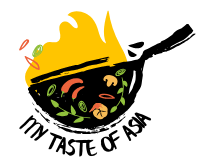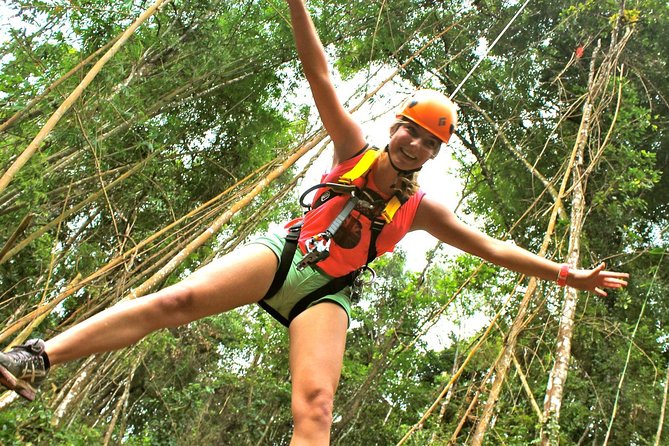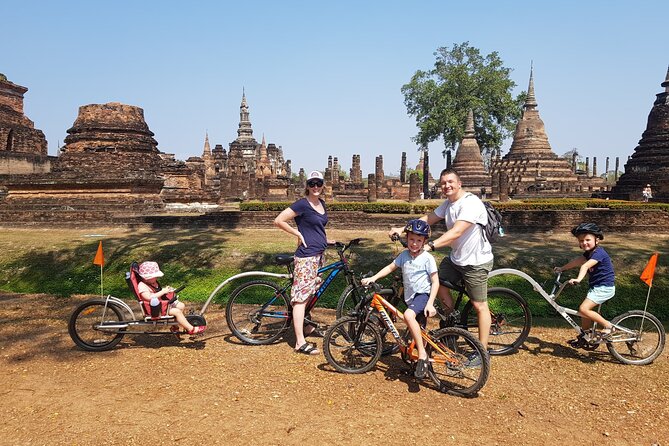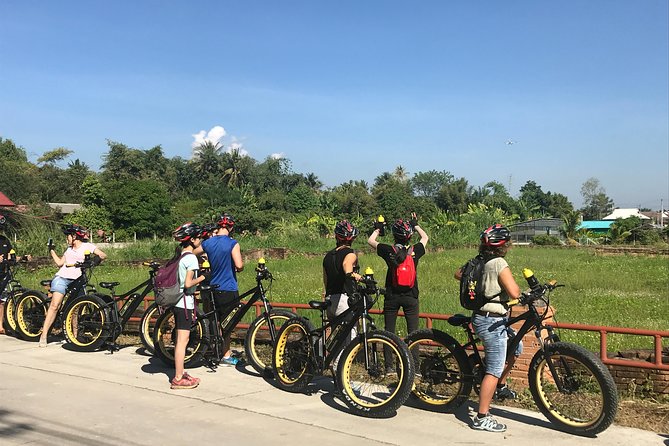In the heart of Nepal, a culinary adventure awaits. Discover the vibrant flavors and rich traditions of Nepalese cuisine through a hands-on cooking class.
Led by experienced chefs at Cook With Delight, this intimate class offers the opportunity to master the art of creating beloved dishes like Momos and Dal Bhat.
Participants will not only learn authentic techniques and flavors but also gain insight into the cultural significance and history behind these dishes.
Enjoy the flavors of Nepal and expand your culinary repertoire.
Key Takeaways

- The activity ends back at the meeting point.
- Confirmation will be received at time of booking.
- The activity is not wheelchair accessible, but it is stroller accessible.
- Service animals are allowed.
- The tour/activity will have a maximum of 5 travelers.
- The activity is operated by Cook With Delight.
- Cancellation is possible up to 24 hours in advance for a full refund.
- Changes made less than 24 hours before the start time will not be accepted.
- There are positive traveler reviews, with an overall rating of 5.0 based on 82 reviews.
- The cooking class is described as fun and allows participants to make dishes to their own taste.
- There are traveler photos available for viewing.
History of Nepalese Cuisine

Nepalese cuisine has a rich history that spans over hundreds of years, with influences from various cultures and regions. The cuisine of Nepal has been shaped by the diverse ethnic groups and their unique culinary traditions.
One significant influence on Nepalese cuisine comes from its neighboring countries, such as India, Tibet, and China. The close proximity to these countries has resulted in the fusion of flavors and cooking techniques. For example, the use of spices and herbs in Nepalese dishes is reminiscent of Indian cuisine, while the influence of Tibetan cuisine can be seen in the popular dish of momos, which are steamed dumplings filled with various fillings.
Along With its diverse influences, Nepalese cuisine also offers several health benefits. Many traditional Nepalese dishes are made with fresh, locally sourced ingredients, including a variety of vegetables, legumes, and grains. These ingredients are rich in essential nutrients and provide a balanced and nutritious meal. Plus, Nepalese cuisine often incorporates traditional cooking methods such as steaming and stir-frying, which help to retain the nutritional value of the ingredients.
The use of aromatic herbs and spices not only adds flavor but also offers medicinal properties. For example, turmeric, a commonly used spice in Nepalese cuisine, is known for its anti-inflammatory and antioxidant properties.
Overall, Nepalese cuisine combines the influences of neighboring cuisines with healthful ingredients, making it a flavorful and nutritious culinary tradition.
Traditional Nepalese Momos Recipe
Using traditional Nepalese cooking techniques, she skillfully folds the dough and expertly steams the momos, creating a mouthwatering dish that’s both flavorful and satisfying.
Momos, a popular Nepalese delicacy, have a rich history in the country’s culinary traditions. Originally believed to have been brought to Nepal by Tibetan immigrants, momos have evolved over time to become a staple in Nepalese cuisine.
These dumplings are typically filled with a variety of ingredients, offering a diverse range of flavors and textures. Some popular fillings include minced meat, such as chicken, lamb, or pork, mixed with onions, garlic, and spices. Vegetarian options are also common, with fillings like paneer cheese, potato, and spinach.
The different types of momo fillings allow for a wide array of tastes to suit various preferences and dietary restrictions.
Authentic Dal Bhat Recipe

He loves to cook his authentic Dal Bhat recipe, which includes a variety of spices and flavors. Dal Bhat is a traditional Nepalese dish that consists of lentil soup (dal) and steamed rice (bhat). It’s a staple in Nepalese cuisine and is often enjoyed with a side of vegetables, pickles, and papadums.
In a Dal Bhat cooking class, participants learn the art of preparing this delicious and nutritious meal. The class typically includes hands-on instruction on making the dal, cooking the rice perfectly, and creating the accompanying dishes. Participants also get to learn about the cultural significance of Dal Bhat in Nepalese households.
It’s a wonderful opportunity to immerse oneself in the rich culinary heritage of Nepal and learn how to recreate these flavors at home.
Tips for Perfecting Your Momos

While perfecting your momos, it’s important to pay attention to the filling-to-wrapper ratio to ensure a delicious and well-balanced dumpling. Here are some tips for folding momos and the best dipping sauces to enhance their flavor:
- Tips for Folding Momos:
- Start with a round wrapper and place a small amount of filling in the center.
- Moisten the edges of the wrapper with water to help seal the dumpling.
- Fold the wrapper in half, creating a half-moon shape, and crimp the edges to seal.
- For a traditional look, pleat the edges by pinching and folding them together.
- Best Dipping Sauces for Momos:
- Spicy Tomato Chutney: Made with tomatoes, garlic, ginger, and spices, this tangy sauce adds a kick to your momos.
- Mint Yogurt Sauce: A refreshing combination of fresh mint, yogurt, lemon juice, and a touch of garlic, perfect for cooling down the heat of the momos.
- Sichuan Chili Oil: If you like it spicy, this oil infused with Sichuan peppercorns and chili flakes will add a fiery flavor to your momos.
With these tips and sauces, you’ll be able to create mouthwatering momos that will impress your family and friends. Enjoy!
Variations of Dal Bhat
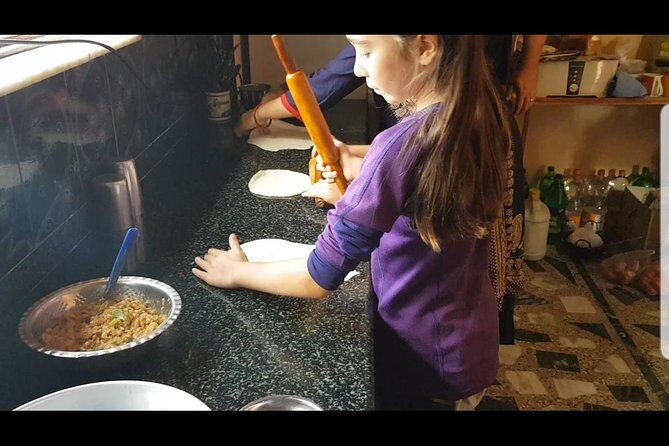
There are numerous ways to spice up the traditional dal bhat dish, from adding extra vegetables to experimenting with different cooking techniques. Dal bhat, a staple in Nepalese cuisine, consists of lentil soup (dal) and steamed rice (bhat). While the basic recipe remains the same, there are cultural influences and regional variations that can be incorporated to add diversity and flavor to this beloved dish.
One way to introduce cultural influences is by incorporating spices commonly used in other cuisines, such as turmeric, cumin, and coriander. These spices not only enhance the flavor but also add a vibrant color to the dish. Plus, regional variations can be explored by using local ingredients like mustard oil in the eastern regions of Nepal or ghee (clarified butter) in the western regions.
To provide a visual representation of these variations, here is a table showcasing three different ways to prepare dal bhat:
| Variation | Cultural Influence | Ingredients |
|---|---|---|
| Spicy Dal Bhat | Indian Influence | Red chili powder, garam masala, turmeric |
| Tarkari Bhat | Vegetable Variation | Assorted vegetables (carrots, peas, cauliflower) |
| Gundruk Bhat | Regional Specialty | Fermented leafy greens (gundruk), fenugreek seeds |
Cultural Significance of Nepalese Cooking

During family gatherings and festivals, Nepalese cooking plays a culturally significant role as it brings people together to share traditional dishes and celebrate their heritage.
This culinary tradition is influenced by various cultural influences, resulting in a diverse and flavorful cuisine. Nepalese cooking is known for its use of aromatic spices like cumin, coriander, and turmeric, which not only add depth of flavor but also offer numerous health benefits.
The traditional dishes are often prepared using fresh and locally sourced ingredients, making them rich in nutrients and beneficial for overall well-being.
Plus, the communal aspect of Nepalese cooking fosters social connections and strengthens family bonds. It provides an opportunity for generations to come together, exchange stories, and pass down traditional cooking techniques.
Overall, Nepalese cooking holds immense cultural importance while also promoting healthy eating habits and fostering a sense of community.
Frequently Asked Questions
What Is the Maximum Number of Travelers Allowed in the Nepalese Momos or Dal Bhat Cooking Class?
The maximum number of participants allowed in the cooking class is five. They will learn traditional Nepalese cooking techniques, such as making momos or dal bhat. It’s an engaging and informative experience for all.
Is the Activity Wheelchair Accessible?
Yes, the activity is wheelchair accessible. However, if someone in a wheelchair cannot participate, there are alternative options available. Please contact Cook With Delight for more information and assistance.
Can I Bring a Stroller to the Cooking Class?
Yes, the cooking class is stroller friendly. They welcome families with babies and provide a baby-friendly environment. Parents can bring their strollers along and enjoy the culinary experience with their little ones.
Are Service Animals Allowed During the Class?
Yes, service animals are allowed during the cooking class. It’s important to note that the class is not wheelchair accessible, but strollers are permitted. The activity ends back at the meeting point.
Is Public Transportation Easily Accessible From the Meeting Point?
Yes, public transportation is easily accessible from the meeting point, providing convenient options for travelers. The location is well-connected, allowing participants of the cooking class to conveniently reach the meeting point using public transportation.
The Sum Up
Embark on a culinary journey through the vibrant flavors of Nepal with the Nepalese Momos or Dal Bhat Cooking Class. Led by experienced chefs at Cook With Delight, this hands-on experience allows participants to master the art of creating delicious momos or traditional Dal Bhat. With personalized attention and insight into the cultural significance of these dishes, this cooking class promises to leave you with a deeper appreciation for Nepalese cuisine. Expand your culinary repertoire and indulge in an unforgettable experience that will tantalize your taste buds.
Other great Cooking Classes In Asia
- Khmer Cooking Class at a Local’s Home in Krong Siem Reap: Enjoy the culinary traditions of Cambodia with this authentic cooking class at a local’s home in Krong Siem Reap. Learn to prepare traditional Khmer dishes and gain insights into the local culture.
- 5 Traditional Dishes: Hanoi Cooking Class with Market Trip: Discover the rich flavors of Vietnam with this cooking class in Hanoi. Explore the bustling local market and learn to cook five traditional Vietnamese dishes under the guidance of expert chefs.
- Half-Day Cooking Class in Thamel, Kathmandu: Experience the authentic flavors of Nepal with this half-day cooking class in Thamel, Kathmandu. Learn to prepare traditional Nepalese dishes and explore the vibrant local market.
By clicking on these links, you can explore other cooking class options and gain more insights into Asian cuisine. Happy cooking!
